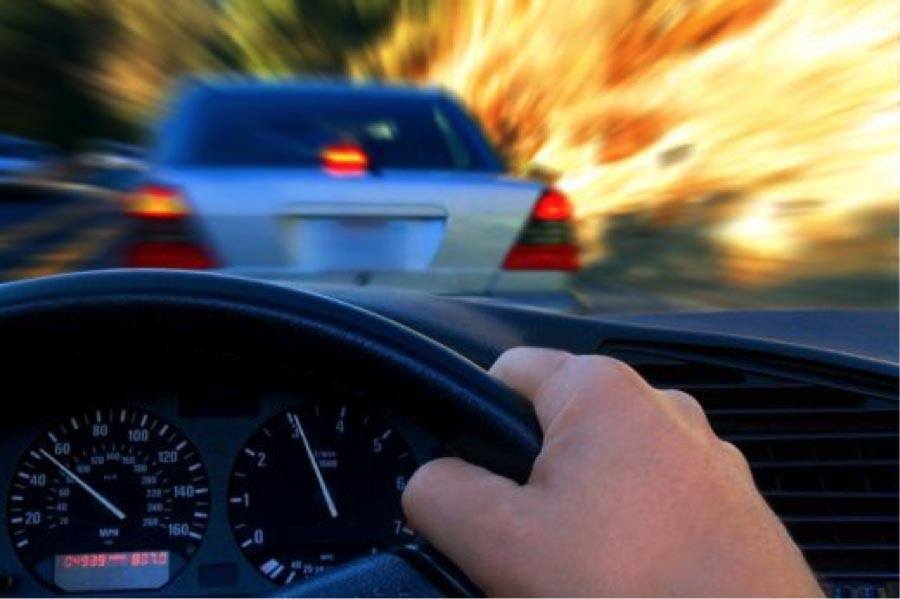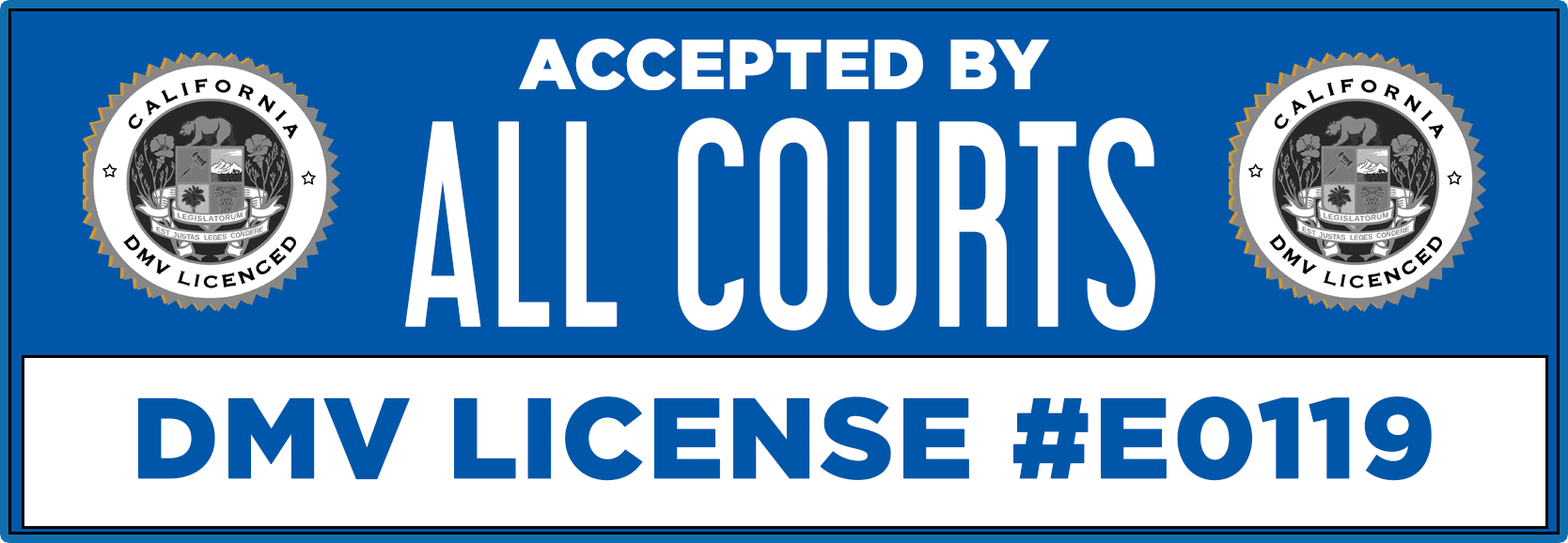What is defensive driving?

It is driving to defend yourself against possible collisions caused by bad drivers, drunk drivers, poor weather, and heavy traffic. As a driver, it is your job to constantly adjust to the ever-changing driving conditions.
You drive defensively when you:
- Look ahead.
- Put space between you and the vehicle ahead.
- Keep your eyes moving.
- Leave yourself an out.
- Make sure other drivers see you.
If you look ahead and keep your eyes moving, you will spot a hazard more easily. Once you have seen the hazard and decided what to do, act. Never ”wait and see.” Never think that everything will be all right. Children playing in the street may not see you. The boy on the bike may ride in front of you. The man opening a car door in your lane may not see you. If you have a collision, you may not be legally at fault; however, you may be morally at fault if you could have prevented the collision but didn’t. Remember, you can prevent most collisions if you drive defensively.
You should think about every “close shave” or collision you have. Decide what went wrong and who made the mistake. Could you have avoided the collision or near collision? What did you do wrong? By asking yourself these questions, you can see if you need to change your driving habits. Such change might help you avoid a serious collision later on.
Defensive driving begins before you start the vehicle. Always adjust your seat, mirrors, and safety belt before starting your car. You may have a collision if you try to adjust them while driving. Before you fasten your seat belt, adjust your seat so that you are high enough to see the road. If you are still too low, you should use a seat cushion. Adjust your rear and side mirrors before you start driving.
AVOID ASSUMPTIONS Never assume that you know what another driver is going to do. Always expect the unexpected. Imagine that you want to make a turn and you see an oncoming car. Just because a driver’s turn signal is on does not mean he is going to turn. Always drive as if the other driver cannot see you.
KEEP A BUFFER ZONE Keep plenty of distance between you and the driver ahead, a “buffer zone”. In fact, always do your best to keep a buffer zone all around your vehicle – front, back and sides. It is best to keep at least a “3 second gap” between you and all other vehicles.
Keeping distance between you and other vehicles, a buffer zone can protect you from many collisions. Vehicles generate tremendous energy at high traffic speeds. When you have to react to an emergency, it is not easy to reverse that energy. What you need is time. Following at an appropriate distance between you and the vehicle in front of you provides a buffer zone that will help to give you that time.
Although the 3-second rule is normally a safe following distance, some road variables often require the driver to increase following distance to a “4 second gap” or more. To achieve a four second gap, do the following. When the vehicle ahead of you passes a certain point, such as a sign, count “one-thousand-one, one-thousand-two, one-thousand-three, one-thousand-four.” This takes about four seconds. If you pass the same point before you finish counting, you are following too closely. Here are some examples of when to allow a four second gap or more:
- Being crowded by a tailgater. Allow extra room ahead; do not break suddenly. Slow down gradually or merge into another lane to prevent being hit from behind by the tailgater!
- Driving on slippery roads.
- Following motorcyclists on wet or icy roads, on metal surfaces (e.g., bridge gratings, railroad tracks, etc.), and on gravel. Motorcyclists can fall more easily on these surfaces.
- The driver behind you wants to pass. Allow room in front of your vehicle so the driver will have space to move in front of you.
- Towing a trailer or carrying a heavy load. The extra weight makes it harder to stop.
- Following large vehicles that block your view ahead. The extra space allows you to see around the vehicle.
- You see a bus, school bus, or a placarded vehicle at railroad crossings. These vehicles must stop at railroad crossings, so slow down early and allow plenty of room.
- Merging onto a freeway.
One of the most important situations when you should increase your gap is when you are being tailgated. When a tailgater crowds you, allow extra room between your car and the car ahead. That way, if you need to slow down, you can do so gradually. You do not want to have to brake suddenly when you are too close to the car in front; the result could be that your car would get smashed in the rear by the tailgater.
When you Enroll in a traffic school program, you will learn about the topics mentioned above and more. A motor vehicle can be a safe mode of transportation, or it can be a very dangerous weapon. If you want to learn how to increase the chances of making it to your destination in one piece, complete our traffic school online today. The program is ComedyTrafficSchool.com. Take online traffic school the fun way with our award winning course. Our traffic school course is the perfect choice for anyone who recently received a traffic ticket; keep points masked from your driving record, your auto insurance rates low and become a better, safer driver!





